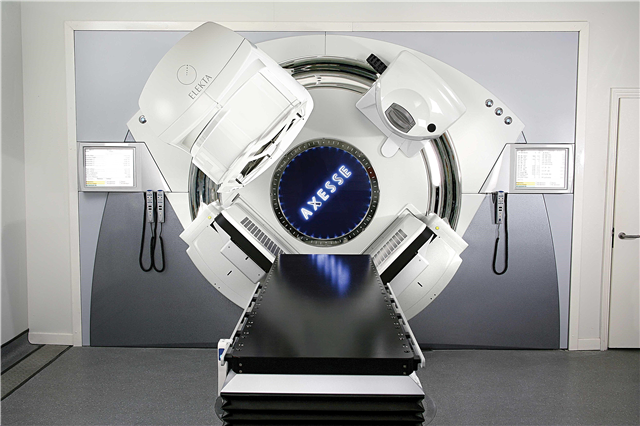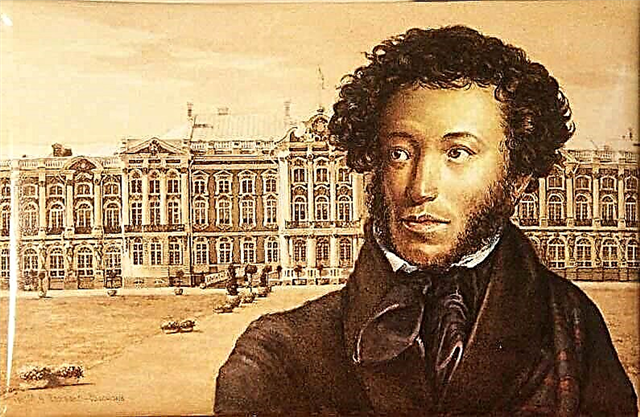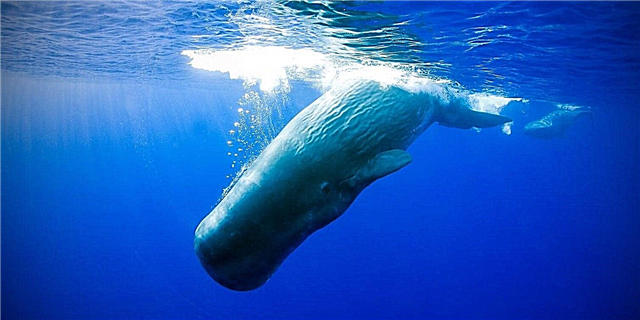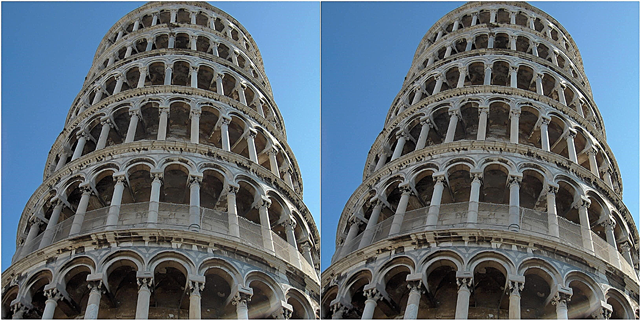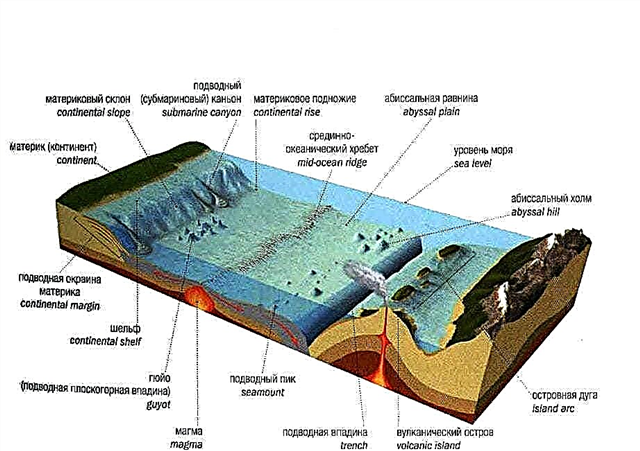
The @ icon is associated with the Internet by most people. The sign took root, and soon received its Russian name: “dog”.
But why did they begin to call him that? this symbol is called "commercial floor"? And what other names does @ have? Has it been used somewhere before?
Renaming the icon was logical. Too complex names for things that become commonplace are inappropriate, they do not take root in the language. People unwittingly distort them, or seek a more attractive replacement.
@ Came to Russia in the 90s, and initially people called it several options at once, each of which was a kind of norm. The icon was called "frog", "crocodile", "ear". There were other names that existed along with the "dog". The last designation has taken root, it has become generally accepted, and other options are practically not used today. This is also the norm - when a new thing appears, for which you need to choose a word, several initial options always appear, and then there is only one.
Interesting fact: in the 90s, people were also actively looking for a replacement for the unusual word "email", because to say "email" is too long. Two main options appeared: “soap” and “Emelya”. Experts seriously argued which one would take root.
Why is the email sign called “dog”?
Today there is no single version explaining why the Russians began to call the badge "dog." There are several options. Firstly, the symbol really resembles a dog that sleeps in a ball. Or perhaps the abruptness of the word "Et" resembled barking. But there is another version that is considered the most likely today.
Previously, there was one popular Adventure game where you had to walk through a maze with monsters. This game was textual, and all objects in the labyrinth were designated by all sorts of symbols. The player walked with a dog, which was just designated @, and could be sent for reconnaissance. Perhaps that is why the icon got its modern name. The game is forgotten, today few people remember it, but the designation remains.
Where this sign itself came from, it’s impossible to say for sure. It is believed that it was still used by monks of the Middle Ages, reducing the Latin preposition ad. There is another version - the “dog” can be seen in the records of merchants, also in the Middle Ages, and it designated an amphora as a unit of goods. That is, the merchant could record that he took for sale 10 @ wine or oil.

Further, the sign was used in commercial calculations, where it denoted the concept of price. That is, one could indicate that 10 liters of oil @ 50 rubles per liter. He was in the standard typewriter keyboard set, from where he moved to the computer keyboard, becoming part of the email address and gaining worldwide distribution.
What is @ called in different countries?
In favor of the version about the origin of the sign from merchants, the following can be said: in Portugal and Spain, @ is called precisely an “amphora”. In English, there are a lot of icon notation: scroll, each, about, and so on.
In Poland, the icon is called the “monkey”, the Finns - “the meow sign”, the Armenians - “peach”, the Greeks - “duck”. Serbs used to call him "nuts a", and the Chinese - "a in a circle."
Interesting fact: The Chinese took the new badge with great positives - probably because of its similarity to the hieroglyph. Moreover, the fact of assigning the name “in a circle” to a newborn, also in China, has recently been recorded. For them, the “dog” is associated with progress, innovative technologies.
Thus, it is impossible to say exactly why @ is called a “dog”, there are several versions explaining the appearance of this name. Most likely, it came from the game Adventure. The name “dog” is relevant specifically for Russia, because each country in the world has its own name for the icon that has become popular. The original English name of the sign “Commercial Et” is long and inconsistent, which stimulated the rejection of it and the search for more convenient options that I really would like to use.

